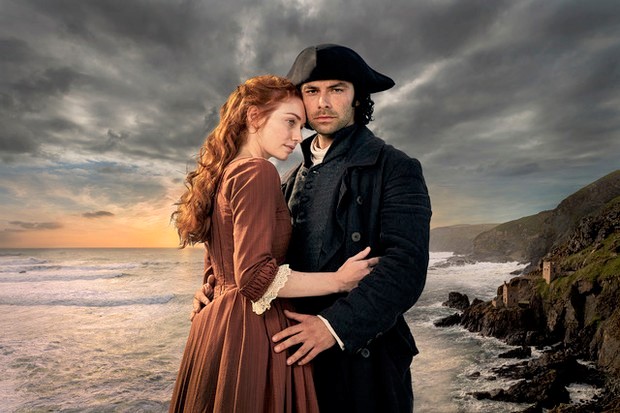 AS someone with a healthy obsession for the Poldark phenomenon, I recently travelled to Cornwall, where this historic tale was spawned, to get a better handle on the whole thing, and to see if this wild outpost was now awash with Poldark ambience. Would I meet rural folk lugging scythes and imploring me to “have a care!”. Or find that the famous Cornish pasty is now shaped like a tricorn hat? Or would I spy Aidan Turner (who plays Ross Poldark) walking down the street wearing one – the hat, not the Cornish pasty, silly! Most women apparently would rather see him wearing only the hat, but that’s another story!
AS someone with a healthy obsession for the Poldark phenomenon, I recently travelled to Cornwall, where this historic tale was spawned, to get a better handle on the whole thing, and to see if this wild outpost was now awash with Poldark ambience. Would I meet rural folk lugging scythes and imploring me to “have a care!”. Or find that the famous Cornish pasty is now shaped like a tricorn hat? Or would I spy Aidan Turner (who plays Ross Poldark) walking down the street wearing one – the hat, not the Cornish pasty, silly! Most women apparently would rather see him wearing only the hat, but that’s another story!
What I did find on my travels, however, were some fascinating snippets relating to the creation of the Poldark book saga and the wonderful TV series, returning this Sunday (series 4) on BBC1. I discovered that the creator of the Poldark books, Winston Graham, had another family name in mind originally for his 18th-century hero – an outrageous idea! I discovered also where actor Aidan Turner likes to stay when he’s filming at Charlestown, near St Austell, and what the hotel staff had to say about him. And I found out what happened in southern Cornwall when the film crew clashed with an irate resident. More of all that later.
What I mostly found while travelling around this luscious county was that Cornwall is most definitely the biggest star of the TV series which also has Eleanor Tomlinson, as the feisty Demelza. My partner in odysseys big and small, Jim, and I had gone to Cornwell in search of the locations from the show – the wild romantic clifftops that are momentous even without Turner in his tricorn galloping Seamus in a flat race, close to the edge; the long sandy beaches, like Holywell and Porthcurno, and also locations on the north coast that inspired Winston Graham’s 12-novel saga which he started in the 1940s.
We wanted to see the locations that feature so iconically, like historic Charlestown harbour near St Austell, with its Tall Ships, that is possibly the most Poldarkian of locations. This harbour is used for many of the scenes of old Truro in the TV series.
Most of the main locations, however, are in the southwest and north coasts and can easily be covered in a couple of days. Porthcurno’s wide sandy beach in the southwest is an awesome location and is used for many of the shots of the fictitious Nampara Cove, close to where Ross and Demelza have their farmhouse. This is also a favourite site in the TV series for the pair to have a romantic wander or for the often hot-headed Ross to outrun his constant frustrations with 18th century life in Cornwall. Nearby is the narrow cove of Porthgwarra, where a lot of the fishing scenes were shot for the series.
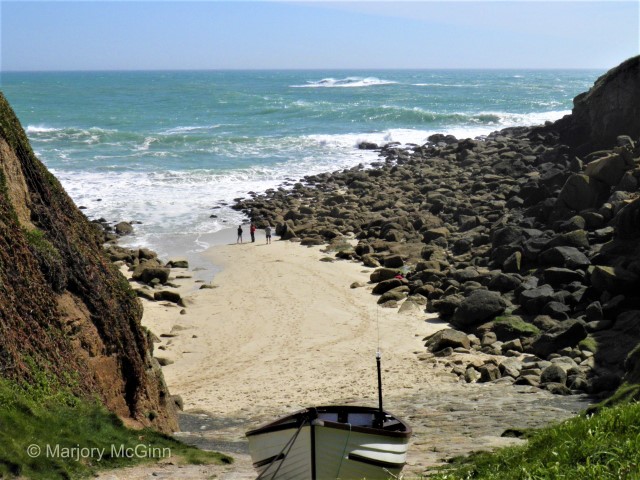
Narrow Porthgwarra cove without the sets from the series, used to create a typical Cornish fishing hamlet
At Porthcurno there’s also a museum, though not a Poldark museum, but the assistants are knowledgeable about the film shoots and have met a lot of the crew. One very affable assistant told us that Turner was a lovely fellow and although as Ross Poldark he has a lot of swagger, in real life, we were told, he’s quite different. He’s still got that Irish charm but he’s also the kind of guy who likes to keep himself to himself; a bit reserved, surprisingly.
During filming, we were told, one of the residents of the nearby hamlet was annoyed at finding the crew blocking the entrance to his front garden, while filming, while he had to wait on the sidelines, kicking up the turf. Perhaps he was one of the few residents in the area without a passion for Poldark. It was Turner, when he heard about the guy’s complaints who went back later to give him a signed copy of a newly published coffee table edition of the book Poldark’s Cornwall as a goodwill gesture. A fitting present really, as Turner has made no secret of his love for this county. “It’s simply stunning,” he has said. “It reminds me of home, in Ireland.”
We based ourselves for our trip at the Cornwall Hotel in St Austell www.thecornwall.com which was once a private mansion with sprawling grounds and a laid-back ambience. It’s also where some of the stars stay when filming at nearby Charlestown, including Turner. He stays in one of the suites, and having been sworn to secrecy, I can’t reveal which one. A friendly hotel receptionist did admit, however, that Turner, true to form, prefers to keep a low profile and takes breakfast in his suite. When he calls for room service the housemaids apparently champ at the bit to see who can deliver breakfast to the suite. She also told us how on one occasion, when a few of the cast were staying, Turner and Tomlinson breezed into reception after a day’s shoot in full period costume. “That really caused a buzz in the hotel,” the receptionist said.
Both Turner, and Tomlinson, who is described as “absolutely stunning” in real life, are now like royalty in this county and it’s easy to understand why. Everyone seems to have their own take on the Poldark phenomenon. There’s even a tiny hamlet between Roche and Bodmin called Demelza, and while it’s tempting to think it was renamed perhaps in memory of the Poldark creations, in fact Graham had visited this tiny place in the 1940s and liked the name (meaning ‘Thy sweetness’) so much, he gave it to his heroine.
We stopped briefly at the lovely fishing village of Mousehole (pronounced Mousell), south of Penzance. There’s no connection to Poldark but it’s one of the loveliest villages in south Cornwall with a wide harbour. Land’s End sadly felt like a Disney theme park, where tourists were jostling for a place in front of the famous signpost (John ‘O Groats one way, New York the other) to take selfies, most of which were comically ruined by a horrible hoolie blowing in from the sea that made your hair shoot skywards – a Cornwall quirk. We didn’t hang about but headed north to the Tin Coast where once was located some of the biggest tin and copper mines in Cornwall. Although derelict, parts of the old stone mining buildings feature as Wheal Leisure and Grambler mines in the TV series.
The mine we visited was Botallack and although mines hadn’t been high on our wish list to start with and we were pushed for time, we were glad we’d made the effort. With few people about, even on a bright sunny day, this turned out to be one of the most memorable locations on our trip: a deserted, ravishing coastline with a big sea worrying the sheer cliff face, and an old mine building below, perched on a rock platform next to the water. Mining was the lifeblood of Cornwall once and is intrinsic to the narrative of Graham’s books, with its drama, plotting, tragedy and success. So it stands to reason you have to see one of these sites.
From here, the drive north to St Ives was equally stunning through rough, wild moorland dotted with farms without boundaries so that signs warn you of livestock wandering across the main road. At times I was reminded of the unstructured west coast of Scotland and Ireland.
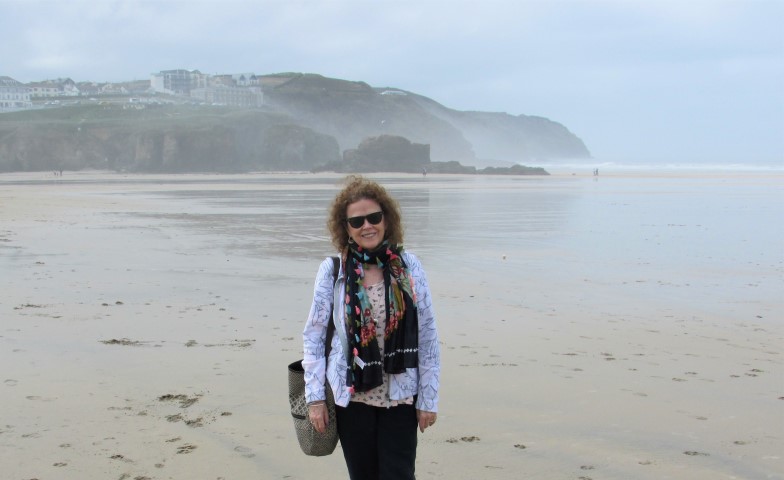
Marjory on misty Perranporth beach walking the same path that Winston Graham took each day to his writer’s cottage
On the north coast, just before Newquay, we stopped at the town of Perranporth, where some of the beach shots for the series are filmed. But mostly, this town is now famous because it was here that Winston Graham penned the early Poldark books. Although born in Manchester in 1908, Graham moved here as a youth, married a local girl, Jean (thought to be the inspiration for Demelza), and made it his home for 34 years, mainly in the nearby hamlet of Treslow. It was here after the Second World War that he wrote the first books in the Poldark saga, drawing inspiration from the town and most of all the beautiful beaches along this coast, which he adored.
The town itself is a small one with a fishing and farming background and now typical of many seaside towns in Britain, but what makes this place special is its location right beside one of the best beaches along this coast. For me its great attraction was the fascinating Perranzabuloe (meaning Perran in the Sands) Museum on Ponsmere Road which has, apart from a cracking local history section, a small Winston Graham collection with some first edition books, photos, scripts, and even his old brown hat. One of the attendants, a charming pensioner called Pat Treweek, and a real Cornish character with a plethora of local tales, gave us her own impressions of the writer whom she remembered seeing often when she was a young woman.
“One of Winston’s family had a draper’s store in the town so he was often seen there and walking around the town. He regularly went walking on the beach. He was a lovely man, very friendly,” she said.
In fact, in the 1940s, Graham walked the length of Perranporth beach every day, up to the sand dunes and a place known as Flat Rocks, where he had rented an old miner’s cottage so he could do his writing undisturbed. Although he had already written several books before the war, it was here he penned the first Poldark books.
Pat told us that Graham hadn’t always intended to use the name Poldark for the books. Originally, he favoured the surname Polgreen, after a local friend, Ridley Polgreen, whom the author much admired, though the character of Ross was never based on him. Later, Graham decided the surname was too gentle for the turbulent narratives he had in mind. He needed something more formidable, so changed it to Poldark, a totally fictitious name. We’re forever grateful he did. Polgreen wouldn’t have had the same creative thrust, I feel.
Pat urged us to cross the beach afterwards and take the cliffside path to the grassy plateau, where Graham’s old cottage used to stand. Incredibly, there is not a thing left of it now after it burnt down in the 1980s. All that remains is a commemorative stone bench with his name carved on the side. A lovely gesture but a modest reminder of someone whom I believe ranks as one of the best storytellers of last century. The scope of his Poldark books, the characterisation and social comment are on a par, I feel, with some of Dickens’ works, and certainly some of Graham’s later suspense novels, like Marnie (turned into a film by Alfred Hitchcock), are also notable.
But sitting at that deserted spot with the wide sandy beach spread before us, and a misty headland glowering in the distance, I felt there couldn’t have been a more heavenly place for writing, and it was easy to understand why Graham’s books are so emotive, and why he adored Cornwall. “I love the smell of the air, the sound of the real Cornish voices, the bleakness of the cliffs and, of course, the beach,” he once said.
Visit the Perranzabuloe Museum
Nearby Holywell beach inspired him too, and it was one of the best beaches we’d seen anywhere: a wide sandy expanse, dark cliffs at the far end and the cave that’s supposed to contain the Holy Well that features in the series, where the young lovers Blake and Morwenna make a romantic wish. It’s also one of the beaches used for Turner’s mad gallops on Seamus and apparently he rarely uses a stunt double.
There are more locations in Cornwall to see, depending on how much time you have. Bodmin moor is worth a long visit just for its wild beauty but it also has the actual house used for Nampara in the series, near the village of St Breward, though I hear it’s difficult to find.
The one small disappointment of our trip was Truro, for the simple reason that although it’s pivotal to the Poldark saga, there is little of the historic town left, apart from some old streets around lovely Truro Cathedral. The pub that inspired the Red Lion, across from the cathedral, where so much of the action of the books takes place, all the planning and plotting and mining business, is no longer there, unfortunately.
There are plenty of other reasons to go to Cornwall but for many people, for now, it is intrinsically linked with Poldark and particularly the TV series. Aidan Turner on a TV chat show recently laughed when he admitted that his face is everywhere in Cornwall now, “on tea towels and mugs”! But not the Cornish pasty – for now. The recognition is no bad thing for Turner, or for Cornwall. The fact that the Poldark legend is now synonymous with Cornwall would have delighted Winston Graham. His beloved writer’s cottage on Flat Rocks is long gone but his love affair with Cornwall will be appreciated forever. And I can’t say we were delighted when our Poldark jaunt came to an end.
- The Cornwall Tourist board www.cornwall.com/poldark has information packs about the 20 or so main locations.
- Information about Winston Graham www.winstongraham.org
- The small museum at Lostwithiel, north of St Austell, which was once the capital of this county, is also worth a look and has wonderful collection of historic memorabilia including a bizarre set of old medical equipment. www.lostwithielmuseum.org
- Info on the Poldark locations from BBC site
NEW GREEK NOVEL
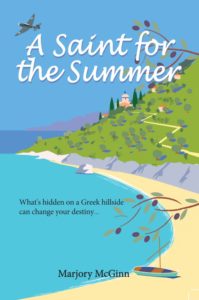 My latest novel, A Saint For The Summer, set in southern Greece, is a contemporary novel and a romance but with a World War II mystery concerning the infamous Battle of Kalamata (Greece’s Dunkirk).
My latest novel, A Saint For The Summer, set in southern Greece, is a contemporary novel and a romance but with a World War II mystery concerning the infamous Battle of Kalamata (Greece’s Dunkirk).
Read an interview about the book, writing and Greece on the Ramblings From Rhodes website.
It was also recently the subject of an interview in the Greek newspaper Eleftheria. Here’s a link for Greek readers and a translation will shortly be put up on a new section of the website called ‘Interviews’.
The book is available on all Amazon sites, Barnes and Noble, the Public stores in Greece. Reviews are most welcome.
For more information please check the books page on the website.
Comments on the blog are very welcome. Thanks for calling by.
© All rights reserved. All text and photographs copyright of the authors 2010-2020. No content/text or photographs may be copied from the blog without the prior written permission of the authors. This applies to all posts on the blog.
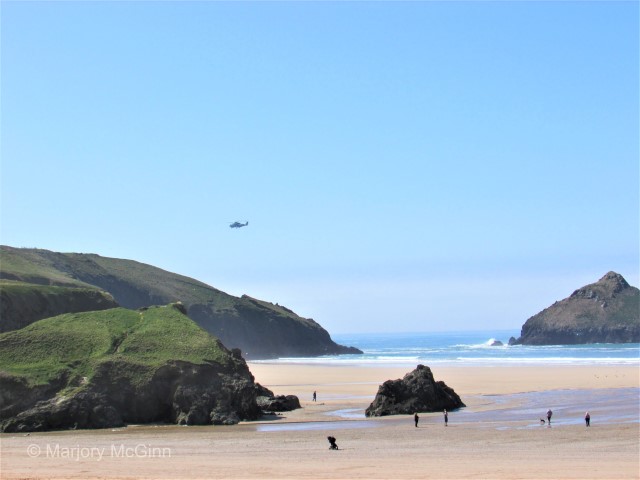
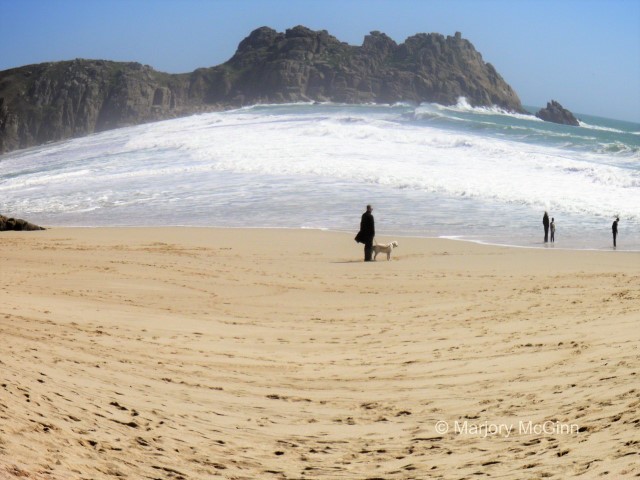
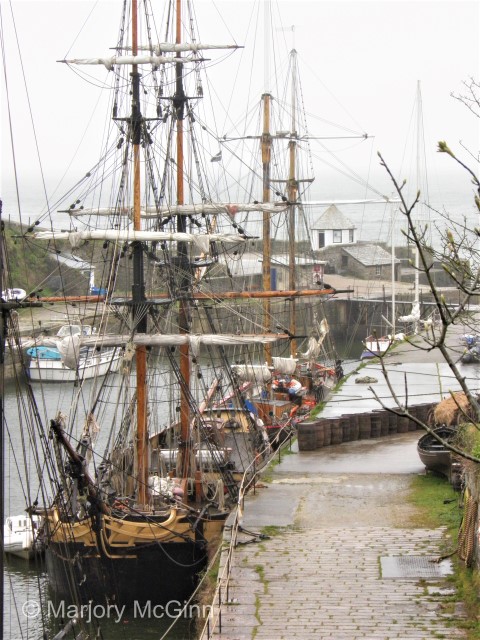
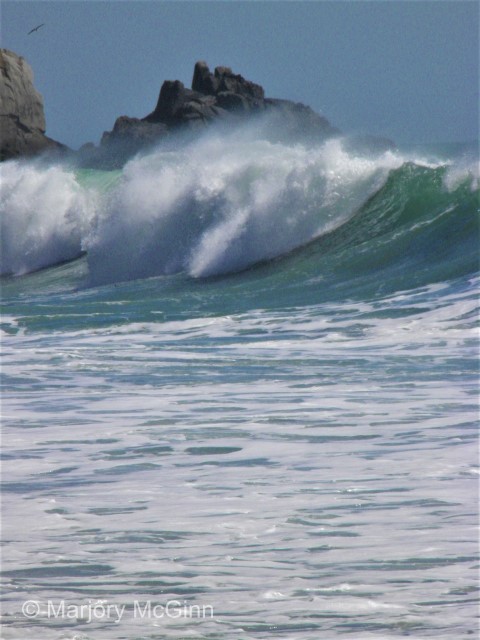
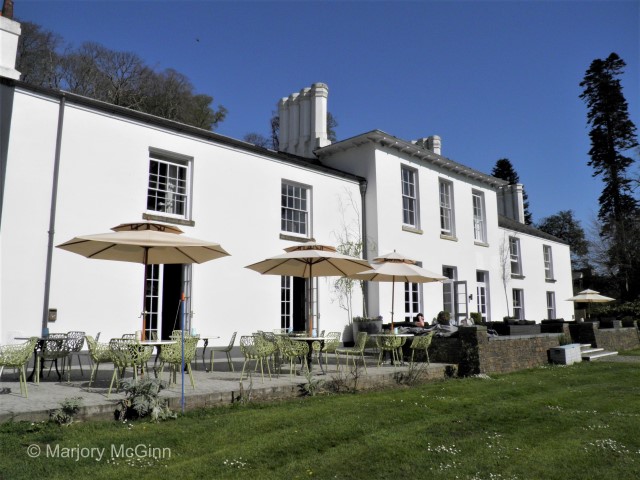
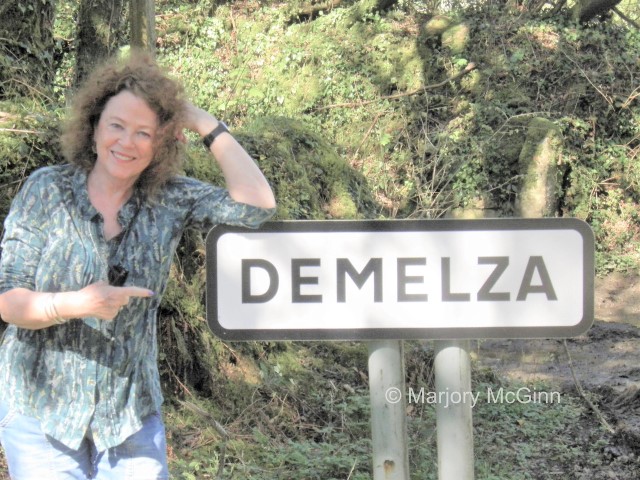
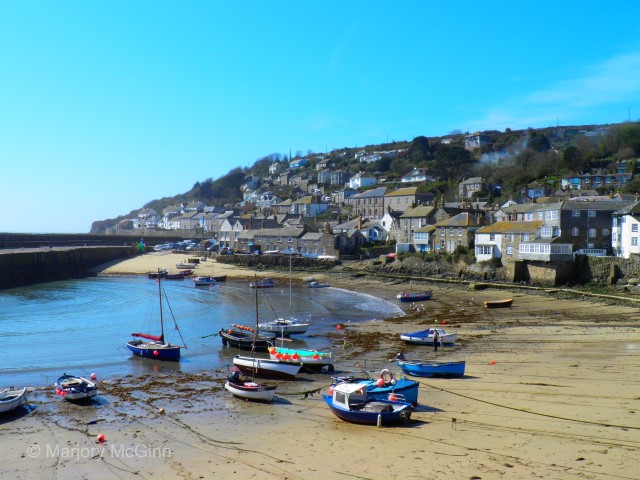
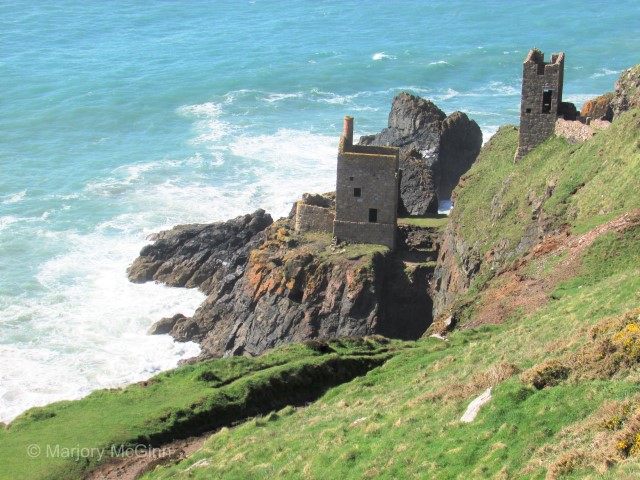
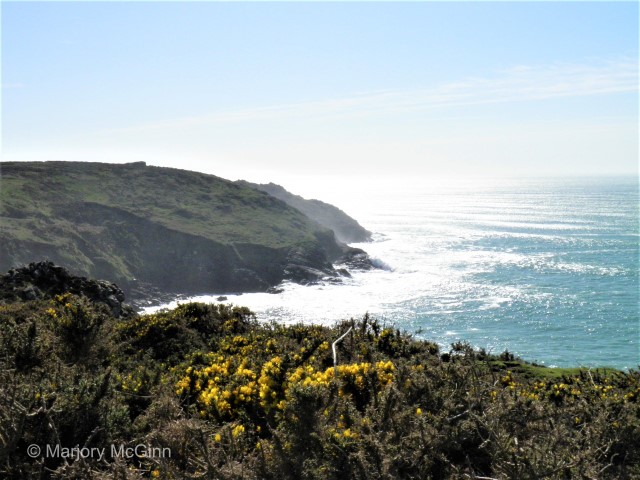
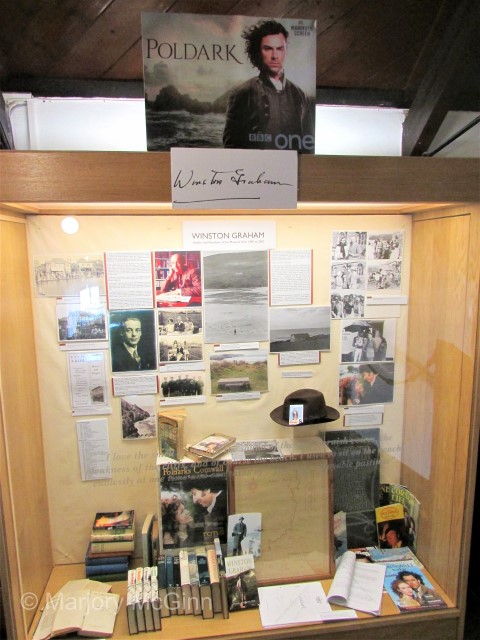
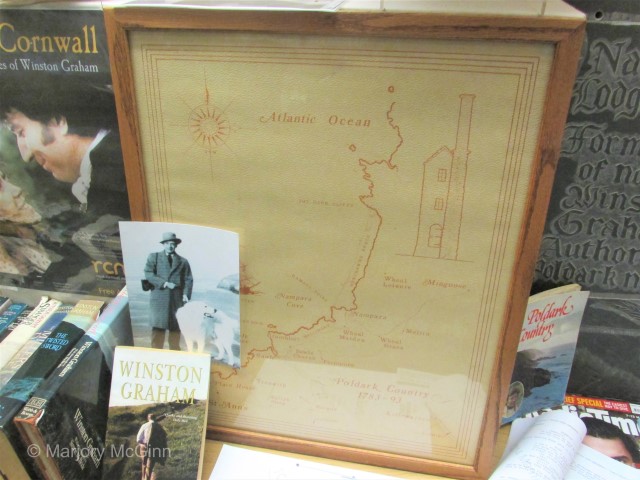
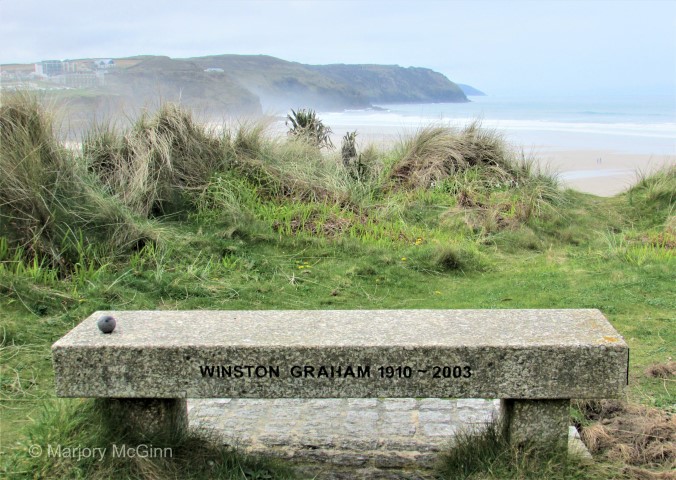
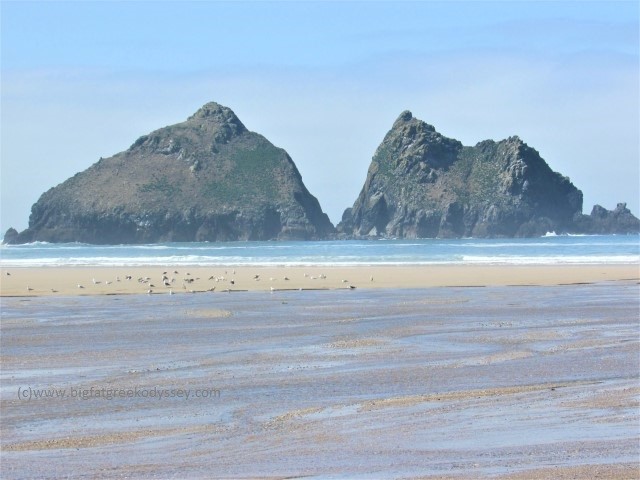
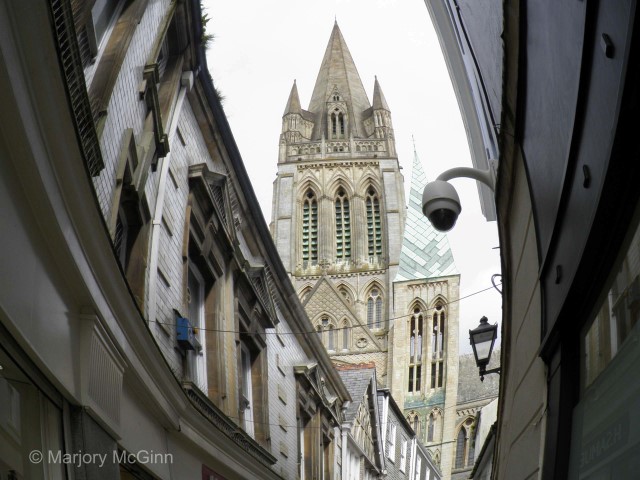

It’s always a pleasure to read your blog Marjory. I first began to love Cornwall when I was introduced by a friend to Daphne de Maurier’s Cornish novels. Probably my favourite is The King’s General, though not nearly as well known as Jamaica Inn or Rebecca. Around the same time, which is now about 30 years ago, I also began to read Winston Graham’s Poldark, and fell in love with Cornwall even more. I’ve now read all 12 books in the Poldark saga, not just once, but twice, and enjoyed them as much second time around – he is just a master at describing events, places and people and has a massive talent for drawing you in.
Anyway, Marjory, I also read your new novel A Saint for the Summer and enjoyed it immensley, so thank you for that – already looking forward to your next one!
Jane x
I enjoyed this post very much and found it a fascinating look at some special places in Cornwall. I love the idea of using Poldark as a reason to visit these beautiful sites and sights! I adored Cornwall as a teenager and went there with my boyfriend a couple of times; then later I took my small daughters on holiday there in the 1980s. Its wild and remote scenery and gorgeous coastline and villages have special memories for me. Thank you for taking me back there again. I haven’t seen the series of Poldark, but I loved the books!
Regards,
Valerie
Excellent blog
Thank you very much.
Hi Valerie,
Thanks for your comment and I’m so glad this blog piece revived happy memories. I think Cornwall is a part of Britain that, although it attracts a lot of tourists, retains a special untouched, peaceful quality. You will have to watch the TV series of Poldark some time and relive your past journeys even more.
Kind regards,
Marjory
Dear Jane,
Thanks for your comment. Much appreciated. I too have read most of Daphne Du Maurier and my favourites are The House On The Strand and Frenchman’s Creek. I think the latter has some of the romance and dashing narrative of the Poldark novels. I have also read the 12 Poldark novels and was sad when they all ended. I wish Winston Graham could have written more. I agree that his work is exquisite and he rivals the great British writers of the 19th and early 20th centuries.
Thanks also for your comment about my novel A Saint For The Summer. I’m so glad you enjoyed it. I hope another book will follow before too long.
Kind regards,
Marjory
Hi,
I just wanted to add that Frenchman’s Creek (that you mentioned earlier) is one of my all time favourite books! I must have read it at least half a dozen times. I think it captures so much of what is special about the Cornish coast apart from being a wonderful story. Love all Daphne du Maurier’s books actually and I also loved the House on the Strand.
Regards,
Valerie
A haunting and informative read Marjory, bravo.
Great photos that illustrate that part of the Cornwall coastline so beautifully!
Regards,
Robyn